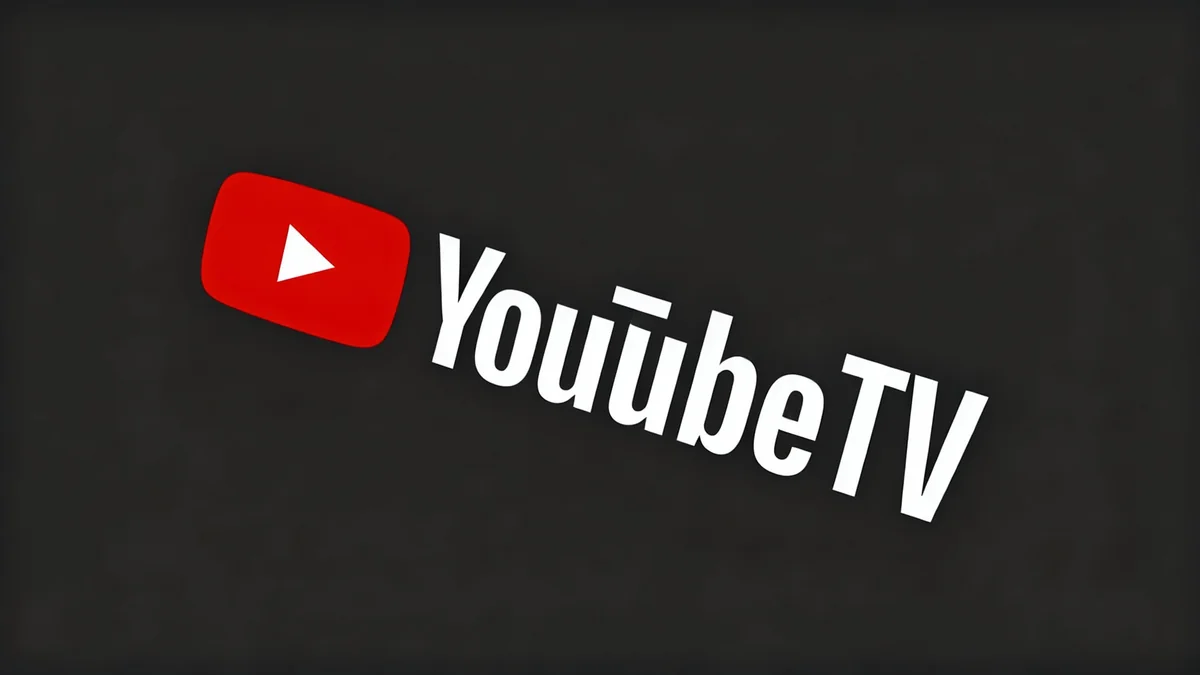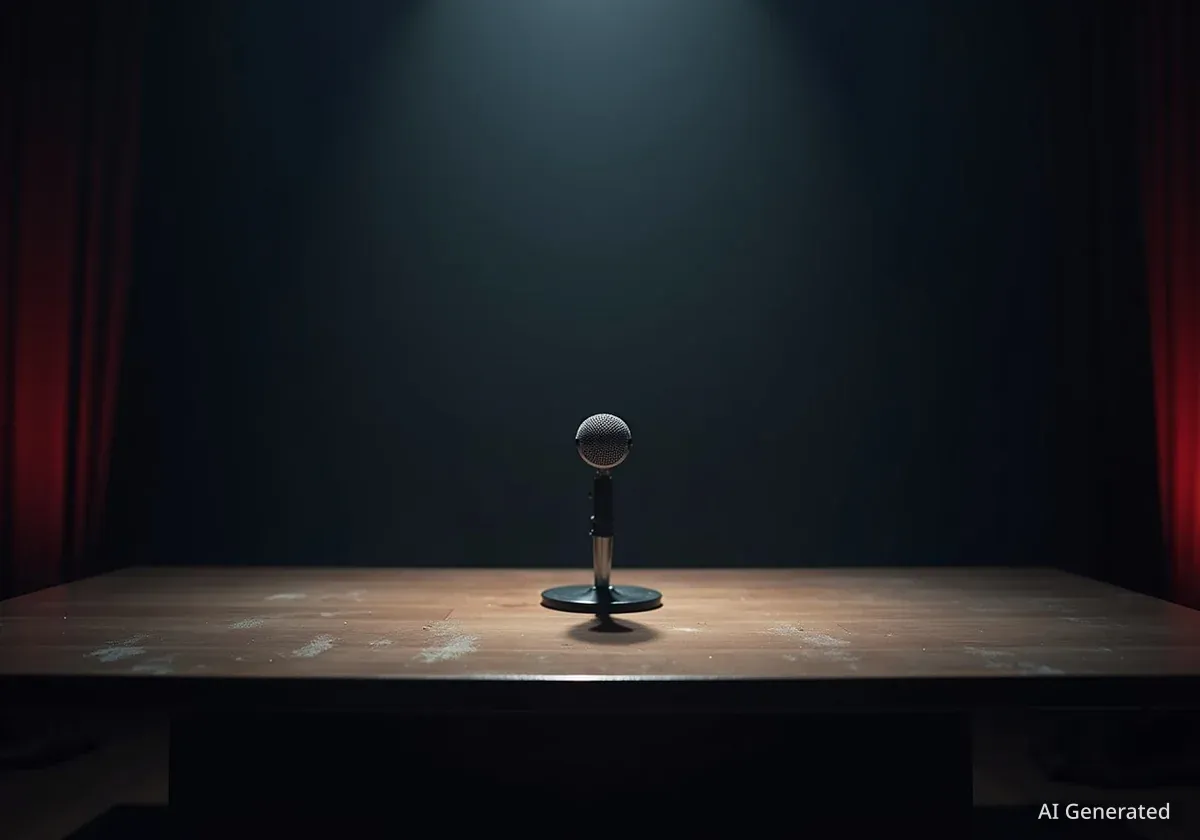Millions of YouTube TV subscribers have lost access to major channels including ESPN and ABC after Google and The Walt Disney Company failed to reach a new carriage agreement. The channels went dark late Thursday night as the two corporate giants remain locked in a dispute over pricing and channel packaging.
Key Takeaways
- YouTube TV removed all Disney-owned channels, including ESPN, ABC, FX, and National Geographic, after their contract expired.
- The core disagreement centers on Disney's request for a price increase and YouTube's desire for more flexible channel packaging for consumers.
- A YouTube executive described Disney's business model as "antiquated," forcing customers to pay for channels with low viewership.
- Disney maintains it is committed to reaching a fair deal to restore the channels for YouTube TV's subscribers.
Channels Removed as Midnight Deadline Passes
Subscribers to Google's popular streaming service discovered on Thursday evening that more than a dozen channels had disappeared from their lineup. The removal happened just before the midnight ET deadline for a new distribution deal between the two companies.
The blackout affects a wide range of popular entertainment and sports programming. The list of removed channels includes:
- Local ABC stations
- The entire ESPN network (ESPN, ESPN2, ESPNU, etc.)
- FX and FXX
- National Geographic
- Freeform
- Disney Channel and Disney Junior
This development leaves sports fans without access to key games and families without popular entertainment options just as the holiday season gets underway. In response to the channel removal, YouTube TV has lowered its monthly price by $15, from $64.99 to $49.99, for the duration of the blackout.
A Dispute Over Value and Flexibility
The central conflict revolves around the cost and structure of the channel bundle. Disney is reportedly seeking a significant price increase for its portfolio of networks, a move Google has resisted.
Speaking on the condition of anonymity, a YouTube executive involved in the talks characterized Disney’s position as outdated and out of touch with modern consumer preferences.
"They still have this very antiquated view that the customer should be forced to pay for the full portfolio," the executive stated.
The executive pointed out that while some Disney channels perform well, many others have declining or non-existent viewership on the platform. Google proposed offering consumers more flexibility with genre-based tiers, allowing them to select packages they actually want. While Disney was reportedly open to discussing this, the two sides could not agree on the financial terms.
Millions of Viewers Affected
YouTube TV is one of the largest live TV streaming services in the United States, with an estimated subscriber base of over 8 million households. The removal of these channels impacts a significant portion of the streaming market.
Conflicting Views on Fairness
The YouTube executive also suggested that Disney feels insulated from the consequences of a blackout. The executive noted that Disney frequently mentions in negotiations that it owns competing services like Hulu + Live TV, implying it is less concerned if subscribers leave YouTube TV.
Disney, however, presents a different narrative. In a memo distributed to employees, Disney Entertainment Co-Chairs Dana Walden and Alan Bergman, along with ESPN Chairman Jimmy Pitaro, affirmed their commitment to the negotiation process. They stated that the company is continuing to work towards a “beneficial deal” with YouTube TV.
In public statements, Disney has asserted that it is seeking terms consistent with market rates and has reached successful agreements with other providers across the country.
Understanding Carriage Fees
Carriage fees are the payments that service providers like YouTube TV, cable companies, and satellite operators make to content owners like Disney to carry their channels. These fees are a major source of revenue for media companies and are often the primary point of contention in contract renewal negotiations, frequently leading to channel blackouts for consumers.
An Uncertain Future for Subscribers
The relationship between the two companies has been strained recently. The contract dispute comes shortly after Disney and YouTube settled a breach of contract lawsuit over a former Disney executive who moved to YouTube before major sports rights negotiations began.
For now, it remains unclear how long the blackout will last. Both companies state that negotiations are ongoing, but the public statements reveal a significant gap in their positions. Subscribers are left in the middle, forced to either wait for a resolution or seek alternative ways to watch their favorite shows and sporting events.
As the streaming landscape becomes more competitive, these types of carriage disputes are becoming increasingly common, highlighting the ongoing tension between content creators and the platforms that distribute their work.



